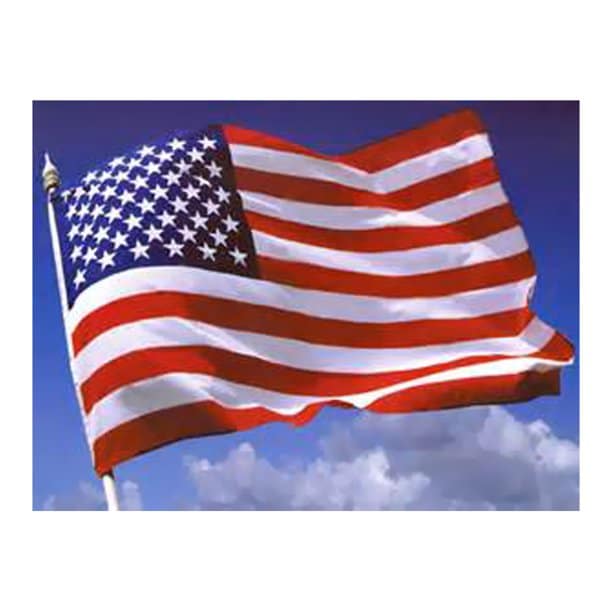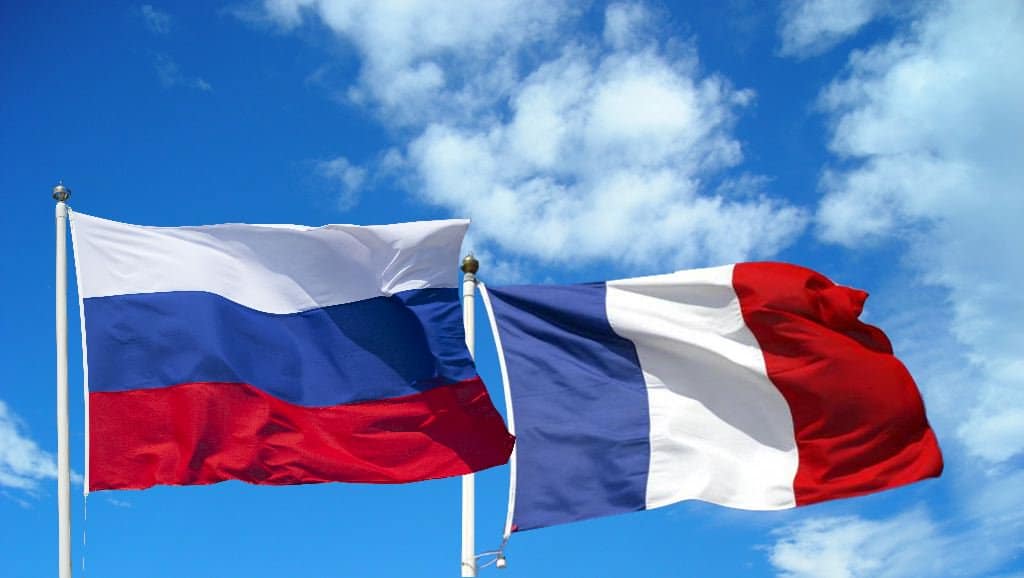Red, White and in Two
The topic of flags has been in the news a lot lately, and with the Fourth of July weekend ending tonight, it got me thinking of our flag. It’s the main symbol of any country, and deeply personalized and personal to each country. It’s used to represent a country in times of peace at international conferences and meetings; and used to unite a country in times of war, to rally the troops and display on ships and aircraft. Americans love to wave the flag and refer and defer to the flag, even when we are as deeply divided as we ever have been since the Vietnam War. A foreigner visitor staying with me once said that they had never seen any country that had so many flags posted in public as the US.

The symbols on a flag are carefully chosen, as are the colors. Look at the color red, for example. The bleeding disorder community does not have a flag per se, but we use colors and symbols as our “flag,” to unite us: the red figure and the “empty” figure. I hesitate to write white, even though the figure appears white in color, because the figure really represents a figure devoid of blood, of factor. Many years ago the logo was of a white figure leaning on the red figure, showing dependency. While this is still the case for a lot of countries dependent on factor donations, the World Federation of Hemophilia wisely chose to change this to two upright figures, to show unity, support and hopeful equality.
Red is used in many flags to depict blood, or more appropriately bloodshed, for that spilled when a country was formed. And white is often used to denote peace. Red, white and blue is the standard for republics: France, Russia and the US all have common looking flags with the bold tricolors.

But these colors may have a different meaning for the US flag. From pbs.org: “Thee stripes represent the original 13 colonies and the stars represent the 50 states of the Union. The colors of the flag are symbolic as well; red symbolizes hardiness and valor, white symbolizes purity and innocence, and blue represents vigilance, perseverance and justice.”
It’s hard to know what the colors mean in reality now. The nation is torn politically, reeling from escalating COVID-19 cases, back to quarantine and lockdown for some states, and economically teetering. We are showing our true colors under the stress. When I think of hardiness and valor, I think immediately of the medical teams at ground zeros, working day and night to keep people alive. And while they struggle to do this, a nation burns and yells and topples statues. Purity and innocence seem lost. And justice is being questioned daily.
But not that long ago, the hemophilia community was also torn in two. The HIV scandal caused a deep divide when we learned that so many knew that HIV was or might be in the factor being injected into our young men, and kept that knowledge or concern hidden for the sake of profit. The community launched a severe backlash against the national foundation, which was to be our watchdog, which we trusted; the community as a whole eventually launched a social and legal assault on the government, which ignored our plight for too long, and on pharmaceutical companies. We didn’t have social media then, only our voices and feet, to march and speak out. This community united and changed history, and helped save the lives of thousands.*

Sadly, America has a ways to go before we will be united and eventually healed. But it will happen.
And what about the stars and stripes? A book about the symbolism of the American flag published in 1977 by the House of Representatives reads (from colonialflag.org):
“The star is a symbol of the heavens and the divine goal to which man has aspired from time immemorial; the stripe is symbolic of the rays of light emanating from the sun.”
Sober things to reflect on this holiday. Perhaps we can think of the flag colors red and blue as denoting the two chief political parties… and white, to denote peace, a peace we want, need and can not seem to achieve just yet.
*Watch the excellent documentary Bad Blood, by Marilyn Ness

